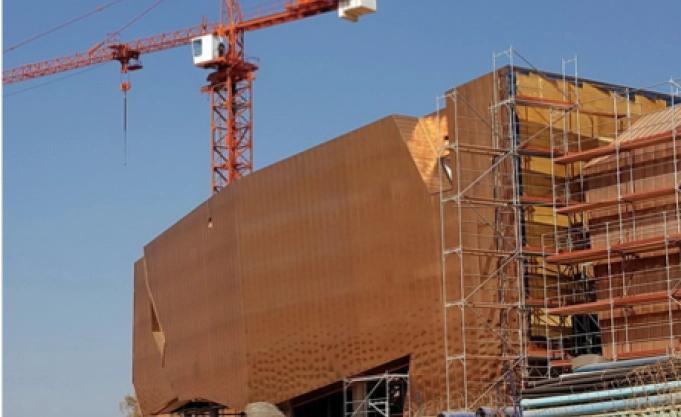It is very seldom that a construction project will not be influenced by delays. Delays manifest for a number of different reasons. Normally delays are categorize in 3 different types:
- Contractor’s delays
- Owner’s delays
- Unforeseen circumstances
Most construction contracts allows some form of compensation to the contractor for delays categorized as owner delays or unforeseen delays. In order for a contractor to access the remedies the contract makes available for delays, a claim will have to be submitted. In my career I had on many occasions the unenviable task
to analyse and adjudicate complicated delay claims where the The outcome would have a massive financial impact on either the contractor or owner. After an extensive search for guidelines to help me fairly adjudicate claims was fruitless, I set out to develop a model to act as a guiding tool during this difficult task. Since the model was developed through an extensive research process it was successfully applied in the analysis of a large number of delay claims. It was also the topic of a training series arrange by professional bodies for their members. Let me share the 4 easy steps of the model with you.
Step 1 – Were The Contractual Provisions Complied With?
Delay-claim clauses in most construction contracts can be separated into the following two main categories: Clauses dealing with the notification of a possible delay; and Clauses dealing with the claim itself. Compliance with the contract relating to the claim is a prerequisite for the claim to be considered for approval. The first step in the analyses process is to identify the relevant contract clauses and to test the contractor’s compliance with these clauses.
Step 2 – Was The Delay Excusable (Owner’s Risk)?
Most contracts provide for an extension of the contract period – but only if a delay is deemed to be excusable. When a claim is being evaluated, it is essential to determine whether the delay in question is an excusable delay or a non-excusable delay.
An excusable delay can be described as a delay caused by either of the following two factors:
- Third parties or incidents beyond the control of the client and the contractor; and
- The owner or the owner’s agents.
To determine whether a delay is excusable, it is required to assess the root cause of the delay. If the cause of the delay is not excusable, in other words the contractor’s risk, the claim can be rejected.
Step 3 – Was The Delay Critical?
Construction contracts normally only make provision for the extension of the contractual completion date for a delay impacting on the completion date. Activities that would impact on the completion date if these activities are delayed is called critical activities.
During the analysis process the cause and effect of the delay should be determined. For the delay to be considered as a valid delay it should impact a critical activity. If the delay did not impact a critical activity it can be rejected as there would not be any impact on the completion date.
If the delay impacted on the completion date the quantification of the severity of the impact should be analysed. Several methods like the time impact analysis, window analysis, as-planned but for, as- planned v as-built and impacted as planned can be utilized to quantify the delay.
Step 4 – Calculate Compensation
The construction contract utilized would normally provide guidance on how compensation should be calculated. As a general principle compensation is normally due for excusable delays for circumstances where the risk lies with the owner. The calculation for the compensation provided as part of the claim should be analysed to determine whether it is correct. The final action required would be to inform the contractor of the outcome of the claim.



